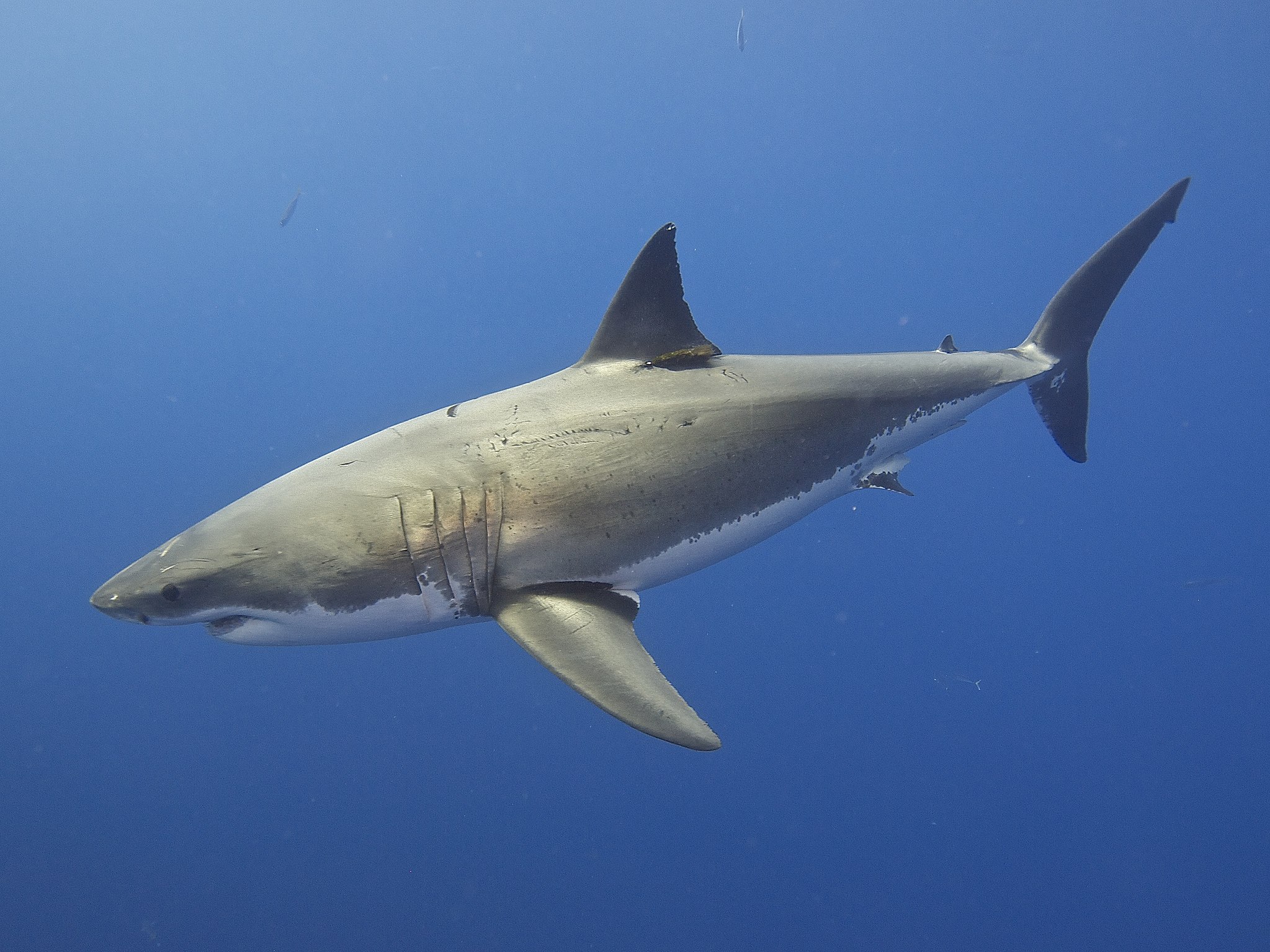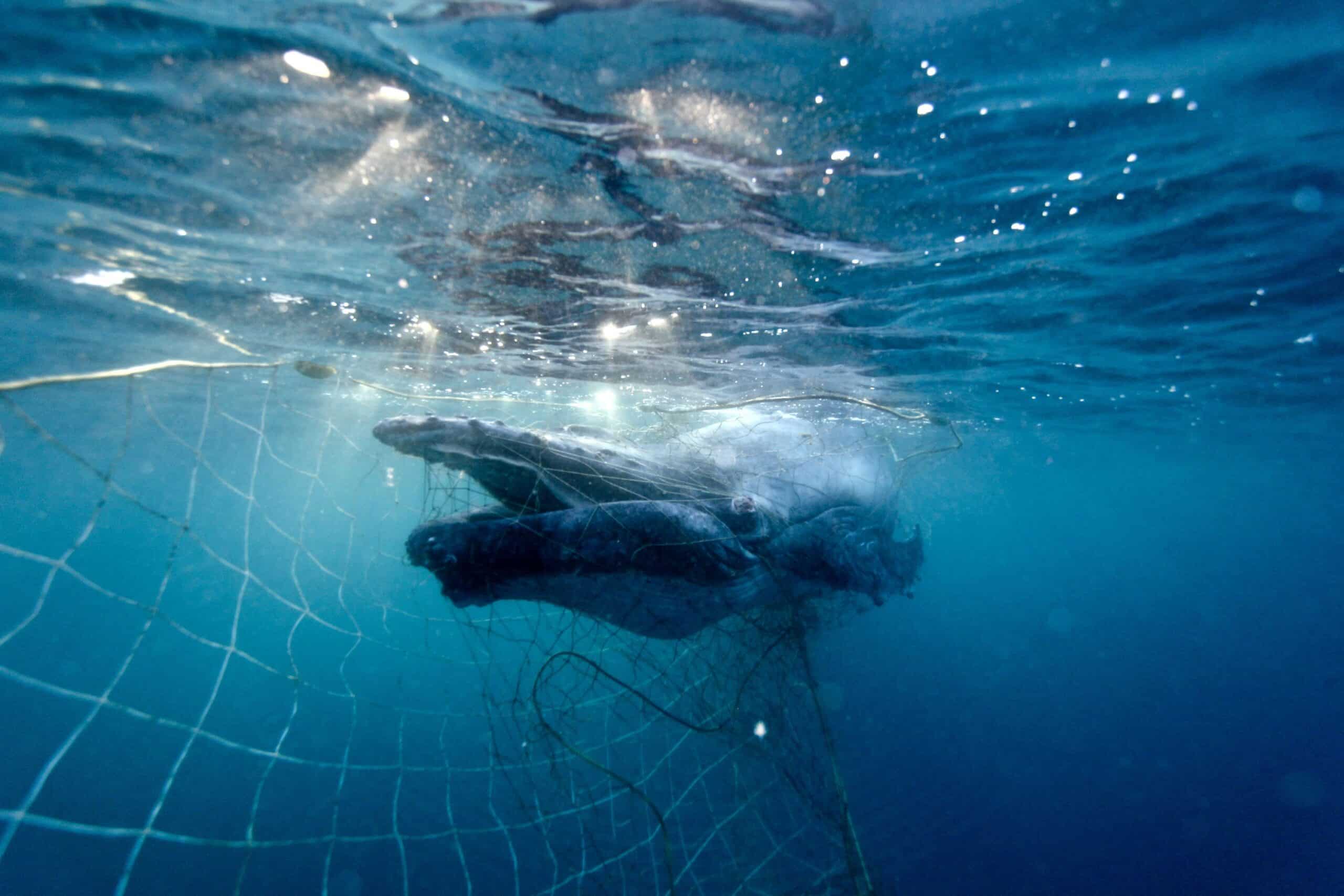Research shows that Australia’s great white sharks are highly related to each other and may consist of fewer than 500 breeding animals. SYDNEY, 24 June 2025: Latest research has found Australia’s great white shark population is much smaller than expected, increasing their vulnerability to further population threats. The population...
Climate change is having a devastating impact on our wildlife and their ecosystems.
HWA Australia is concerned for albatross collisions with offshore wind farms, but this is balanced with our decades-long campaigning for a rapid transition to a clean economy. We make it our mission to champion solutions that benefit animals, people and the planet.
In fact, twenty years ago, HSI Australia submitted the scientific nomination which led to Climate Change being listed as a Key Threat to Australia’s biodiversity under our national environment law. We strongly support a rapid transition to renewable energy. We want it to be fast and we want it to be successful.
To be successful, renewable energy has to be implemented with great care. Taking precautions for wildlife now will pay dividends for successful operations in the long run and ensure clean energy also protects endangered species. Care needs to be taken to find planning and design solutions that mitigate threats to seabirds.
Albatross are among the most threatened of all groups of birds globally and they already face a conservation crisis. They are dealing with a myriad of threats – from industrial fishing (longlines and trawls), plastic pollution which they ingest and feed to their chicks, and climate change with its grave impacts on food sources and nesting grounds.
The southern hemisphere is the next frontier for the wind industry, and its oceans and soaring winds are precisely the albatrosses’ home. With eyes evolved to scan the water surface for food, and in an environment usually free from above water obstacles, they are not expected to be adept at avoiding spinning turbines. That is made even more problematic by their other attributes – such as their night flight-capability, or even intervals of blindness whilst power-napping on the wing. To top it all off, unfortunately procellariforms (albatross, petrel and shearwater species) do not follow narrow, predictable migratory or dispersion pathways. Their foraging range is vast and difficult to avoid.
A risk assessment of offshore wind farm impacts in Australia [i] found a long list of species at risk including all of the albatross species known to be present in Australian waters. All 20 of the albatross species found in Australia are listed in Australian law as threatened with extinction.
The Australian Government has already designated two regions for offshore wind farms – Gippsland in Victoria and the NSW Hunter coast. They’ve also identified the NSW Illawarra coast, Bass Strait and Bunbury/Perth in WA as other potential zones. Industry is already submitting referrals for specific projects.
Once wind farms are built you can’t easily retrofit changes. Licences will be for up to 40 years [ii]. Care needs to be taken in the engineering design phase, right now, to anticipate, minimize and avoid impacts to albatross. The height at which birds fly, relative to the rotor swept area of turbine blades, is the strongest influence on albatross’ risk of collision with wind farms [iii], [iv]. Empirical flight height data is lacking for almost all Australian birds, therefore research using tracking technology and at-sea surveys is urgently needed to understand bird flight heights and movement patterns over a full range of weather conditions.
It will be critically important for the Government to insist that industry use pylon design and blade heights that seek to minimise collision risks, and will need to be highly precautionary. Vertical axis turbines should be looked at as a priority because their helix-like structures are considered to pose less collision risk than the large spans of traditional windmill horizontal axis turbines. Considering the unpredictable nature of some seabirds’ flight patterns, the government will also need to insist on real-time monitoring adaptive management, so that turbines can shut down for significant seabird abundance and migration events.
We do know that the federal Environment Minister, The Hon Tanya Plibersek, and the environment department are very alert to the risks for seabirds. Under the Environment Protection and Biodiversity Act the Minister will be responsible for final approvals for the wind farms, and importantly she has given a strong commitment to no new human-induced extinctions.
Our worry is that the Minister’s approvals come late in the process when a lot of industry decision making for project design specifications is already set. Presumably the supply chain, ordering and manufacturing of wind turbines is a lengthy process. Industry needs to be given guidance now for turbine locations and engineering designs that, on best available evidence, will minimize collision risks and be more likely to be approved.
To encourage such guidelines for engineering design, HSI sat down with the federal environment department this month to provide our best recommendations to mitigate the risk of albatross collisions with offshore wind farms. With us was our seabird scientist Nigel Brothers, one of the world’s foremost experts in albatross, who has spent 40 years working constructively with the fishing industry to solve albatross mortality from longlines and trawl nets. Nigel is now using his problem solving skills to prevent offshore wind farm impacts. You can read HSI’s detailed recommendations to the federal government here.
It will be critical for Australia to cooperate with those countries that we share species’ migratory pathways and foraging ranges in the design, planning and management of wind farms. Under various international agreements to protect seabirds, Australia has reciprocal obligations with these countries not to harm species with whom we share a range.
Finally, an important note on industrial fishing. With another threat on the scene, the imperative to ensure longline and trawl fishing is not causing albatross mortalities becomes even greater. A decision is due this year from Minister Plibersek as to whether to continue Australia’s Threat Abatement Plan for Longline Fishing. With pressures on albatross species set to increase, now is not the time to relax mitigation for albatross fishing bycatch.
HSI Australia has three decades of history working to save albatross from extinction, and the same number of decades campaigning to slow climate change.
We hope to work with the Australian government to develop design requirements for offshore wind farms – so that we can rapidly transition to renewables while protecting our vulnerable and critical wildlife.
References:
[i] Reid, K., Baker, G.B., and Woehler, E.J., 2023. An ecological risk assessment for the impacts of offshore wind farms on birds in Australia. Austral Ecology 48: 418-439. https://doi.org/10.1111/aec.13278
[ii] https://www.dcceew.gov.au/energy/renewable/establishing-offshore-infrastructure
[iii] Band, W. 2011. Using a collision risk model to assess Bird collision risks for offshore windfarms. London: SOSS Report, The Crown Estate. Available from: http://www.bto.org/science/wetland-and-marine/soss/projects
[iv] Cook, A.S.C.P., Johnston, A., Wright, L.J. & Burton, N.H.K. (2012) Strategic ornithological support services project SOSS-02: a review of flight heights and avoidance rates of birds in relation to offshore wind farms. BTO research report No. 618. Thetford: BTO.


